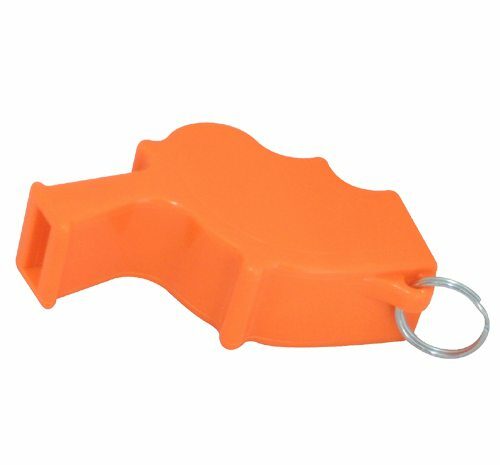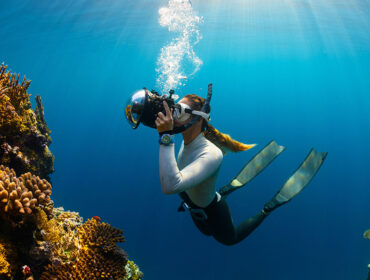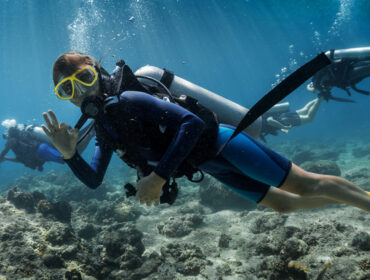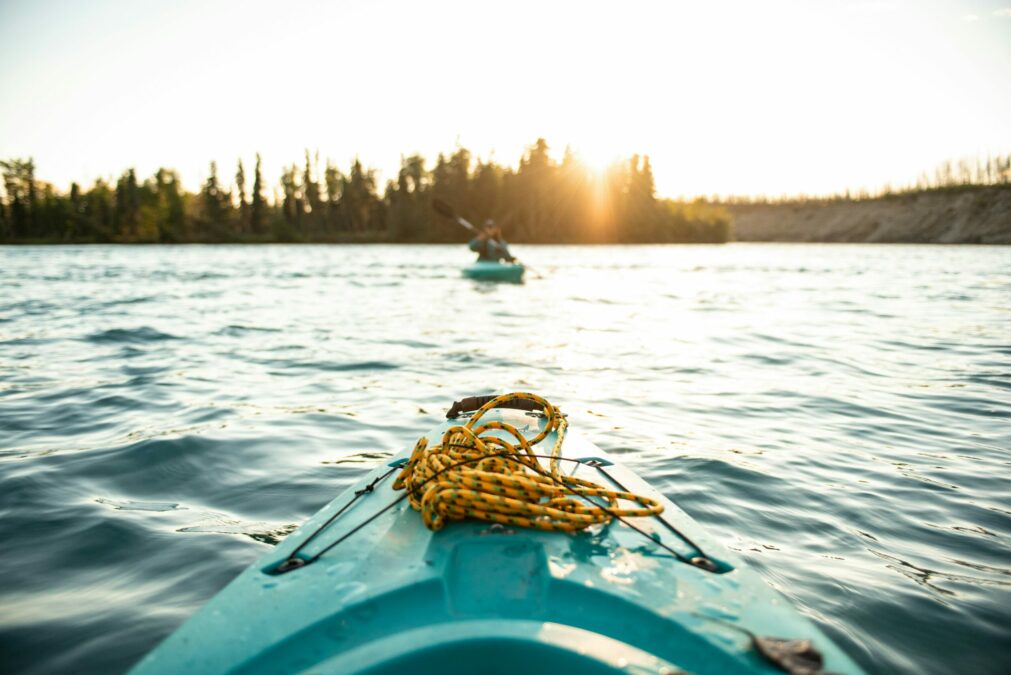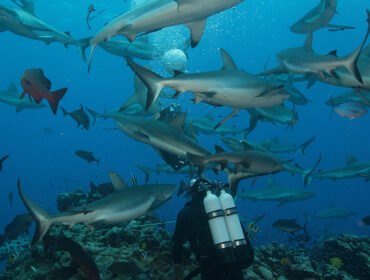Getting separated from your dive boat or lost at sea is probably a diver’s worst nightmare. Divers can surface far away from their dive boats, get lost in underwater navigation or simply get swept away by strong currents. Spotting the head of a diver bobbing on the surface against the waves is a difficult thing to do and without some kind of emergency signaling device, this gets even harder for dive boats or search and rescue to spot you. Thankfully there are so many devices, Audible, Visual and High-tech, available to divers these days that will help your dive boat or rescuers spot you in the water should the need ever arise, however each device comes with its own set of Pros and Cons. Divers should carry at least a combination of the below mentioned signaling devices with them on every dive to ensure maximum effectiveness should the need arise.
Audible Signaling Devices
Whistle
The simple whistle is perhaps one of the cheapest and easiest to carry items in your dive equipment. A whistle is better than shouting to get your boatman’s attention, and can be heard sometimes up to a ¼ of a mile away. A whistle is perhaps the one item of safety signaling equipment that you’d probably even get with rental equipment.
The disadvantages are that it has limited range, and is of no use in strong winds or over the roaring of a boat engine. A whistle is of no use if you are trying to get the attention of a rescue helicopter. Despite the limited range a whistle is a must have signaling device for any diver and if used in conjunction with a safety sausage is probably one of the most effective signaling devices for signaling your dive boat if not for signaling search and rescue teams.
featured above is the Storm Whistle available at Leisurepro.com
Air Horn
An Air Horn or Dive Alert Signaling Devices enable divers, at the mere touch of a button, to generate a blast of sound that can be heard up to a mile away. Dive Alert is a specially designed, small, lightweight air horn that fits between your BC’s power inflator and its air hose to become an integrated part of your power inflator. The advantages of the Air horn or Dive Alert are that its range is far superior to that of a whistle and can be heard up to a mile away which is great if separated from your dive boat while surfacing. The Air Horn is also a great method to signal search and rescue parties if they are within range of your device, and also a good method to use at night where visual signaling devices apart from lights are of no use.
Once again the disadvantages of an Air horn are that it is of no use to signal a search and rescue helicopter, or even a boat greater than a mile away. Also since it relies on Tank Air, if a diver surfaces with an empty tank, he will have to rely on a whistle instead.
featured above is the Dive Alert Signaling Device available at Leisurepro.com
Visual Signaling Devices
Safety Sausage or SMB
Probably one of the best emergency signaling devices that can be carried by divers is the safety sausage also known as an SMB or Surface Marker Buoy. These are brightly colored inflatable tubes that are rolled up and stored in your BCD pockets until needed. Divers can inflate the SMB using their regulators which cause the SMB to stand upright above the water offering better visibility to the location of the divers. SMB’s or Safety sausages are highly visible and as they stand upright above the waves, make it easier to be spotted from a distance. Great for being spotted by search and rescue pilots from above and most importantly they are cheap and effective visual signaling devices.
The disadvantages of an SMB are that they rely on air from the diver’s tank to be inflated, and if a diver surfaces empty, he will not be able to inflate the marker. Also strong winds make these devices lay over and if not upright, they cannot be seen over a distance. Additionally an SMB is no good in the dark or at night.
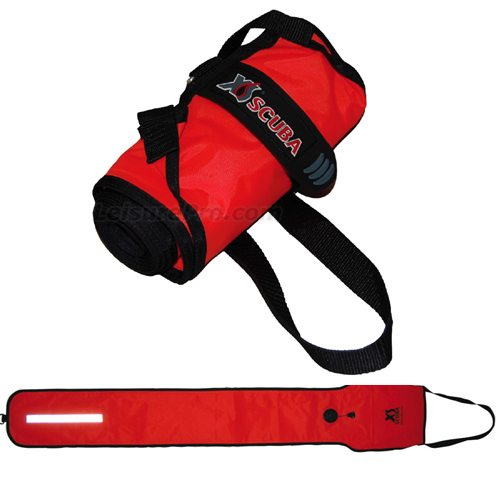
featured above is the Xs Scuba Surface Marker Buoy available at Leisurepro.com
Signal Mirror
Another compact and cheap means of signaling a boat or rescuers is by using a signaling mirror. Signal Mirrors are the most valuable daytime means of visual signaling. Even on overcast days, you can effectively use a signal mirror to obtain rescue. Mirror signals can be spotted from the air or by passing vessels making them highly effective and plus you never run out of batteries.
Greatest disadvantage of the signaling mirror is that it can be used only in the daytime and becomes less effective in overcast conditions. Also the diver would need to spot the rescue vessel or aircraft first in order to signal it with the mirror, unlike a SMB which is difficult.

featured above is the Ultimate Survival StarFlash Signaling Mirror 3″ X 5″ available at Leisurepro.com

